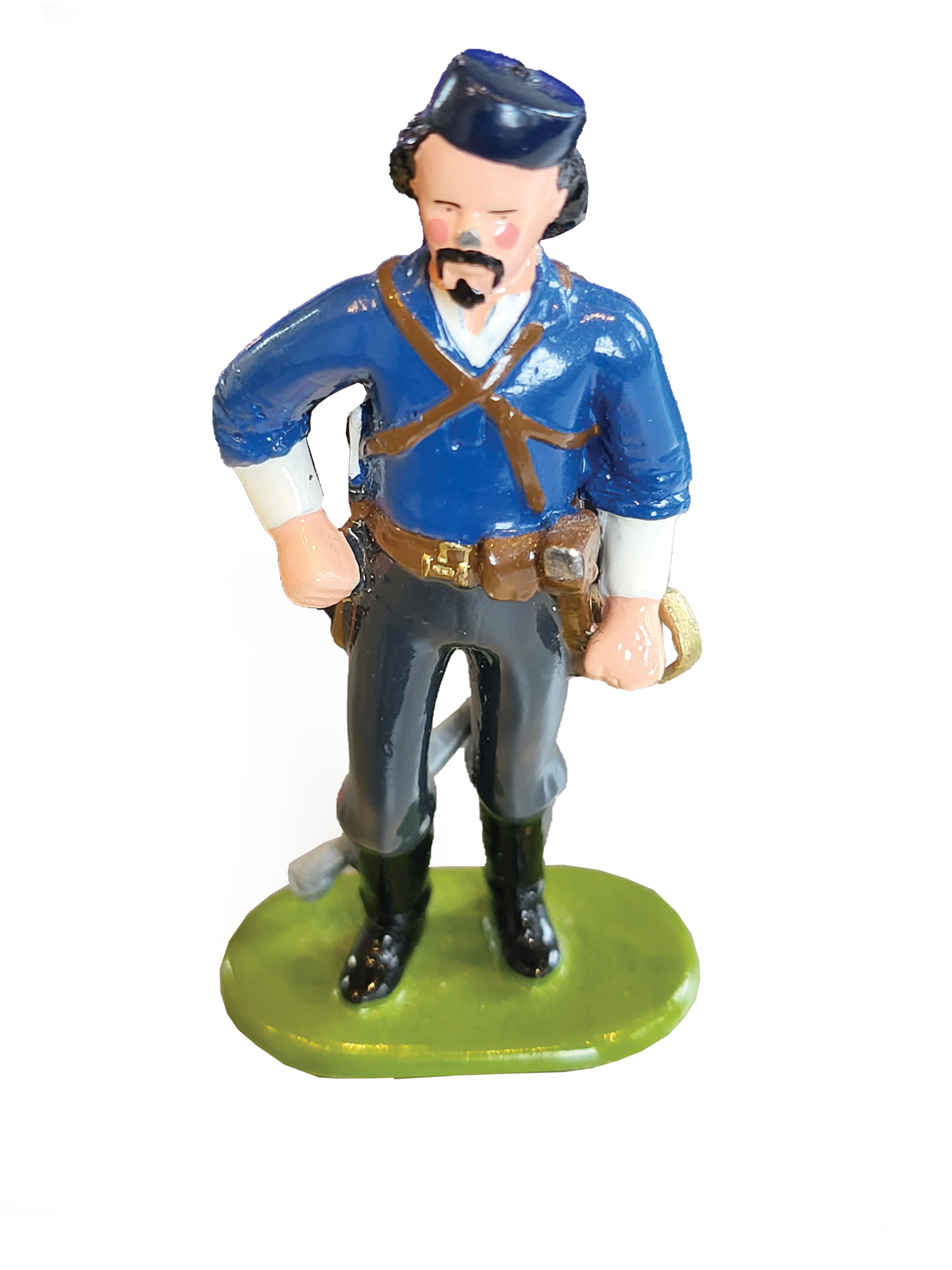 By Alan Titchall
By Alan Titchall
As a student of history, I was taught it is bad practice to judge the prejudices of the past with the prejudices of the present, which is what you could say the Hamilton Council community committee has done with one of our most famous colonial characters by dropping the name of von Tempsky from a street sign in the city’s East.
The revision reflects a woke debate that revisits street names that ‘honour’ colonial figures who had played a role in the Waikato War between local tribes and the Crown that started in July 1863 and lasted only nine months.
Compared with civil wars of the period (such as the American Civil War) casualty figures didn’t make an impression on military history, but a massive amount of land was involved in the colonial government’s indiscriminate reparation/confiscations. This even included land lost by tribes who were pro-Government during the hostilities and tribes who fought against the Crown that lost none.
Gustavus Ferdinand von Tempsky was in this country for less than six years and only 40 when he was killed in action, but earned a reputation among settlers and Maori alike as one of the most colourful characters of the 19th century. This Prussian was an adventurer, renowned watercolour artist, newspaper correspondent, and soldier in New Zealand, Australia, California, Mexico, and the Mosquito Coast of Central America.
He settled on the Coromandel Peninsula with his young family as a gold-prospector. He was a correspondent for The Daily Southern Cross newspaper at the start of the Waikato War before he served with the Forest Rangers, a colonial force that specialised in bush warfare with specialist weaponry and tactics. He served in numerous engagements both in the Waikato and in the central North Island and Taranaki during the Pa Marire (hau hau) messianic movement hostilities between 1864 and 1868.
He held the rank of a major and, while popular with his own men, he was not popular with his military superiors. At one stage he was unsuccessfully court-marshalled for disobeying orders, and later struck off pay from March 1866 until January 1868, when he was re-employed as an inspector (the equivalent of major) in the Armed Constabulary and was placed in command of the 5th Division, which served in Waikato, Whanganui and Taranaki.
Under the command of Thomas McDonnell the Taranaki campaign waged against the war leader, prophet and peacemaker, Titokowaru and his followers. An extension of the First Taranaki War, this was a period of conflicting loyalties and objectives between the Imperial British Troops and the New Zealand Government. By the mid-1860s most of the British troops had been sent home and hostilities turned into mostly guerrilla-bush skirmishes, with the colonial government relying on its own militia – the Armed Constabulary.
On 7 September 1868, von Tempsky was involved in an ill-advised attack by colonial militia and Kupapas (pro-government Maori) on Titokowaru’s main and heavily fortified pa. The attack turned into a rout and the major was shot dead in the forehead.
By this time, von Tempsky had become a folk hero and popular with the settlers as a no-nonsense colonial bloke who was apt at using his native wits and standing up to authority, and wasn’t shy of grand-standing on his opinions – traits that were to become part of our national character. His Maori adversaries also praised him; known in the Waikato as Wawahi waka (canoe splitter) and among Tarankai Maori as Manu-rau (like a hundred birds) for his ability to rush from one place of engagement to another.
According to the records of Kimball Bent, who deserted from the British Army during past hostilities and was living inside Titokowaru’s pa at the time of the attack, the great chief arranged for von Tempsky’s body to be placed onto a funeral pyre and his sword sheath sent to his widow. In 1965, Tonga Awikau, aged 101, also described how, as a child, he had seen the cremation of 20 dead colonial militia, including von Tempsky.
Yes, von Tempsky as a soldier was involved in the Waikato War and other 19th century colonial conflicts like thousands of other combatants, including Kupapa, but was not involved in the settlement area of the abandoned Kirikiriroa Pa by the 4th Waikato Regiment Militia in 1864 who renamed the area Hamilton, after Captain Hamilton killed at the battle of Gate Pa in Tauranga. Nor was he directly involved in land ‘confiscations’.
And, whether his name is plastered on a street sign or not, his legacy in our national history and folk-law is indelible.


